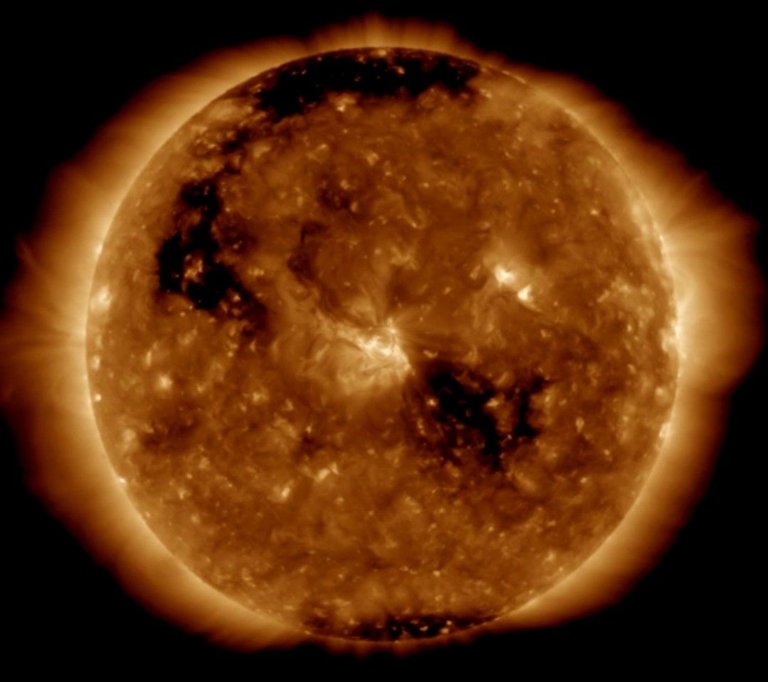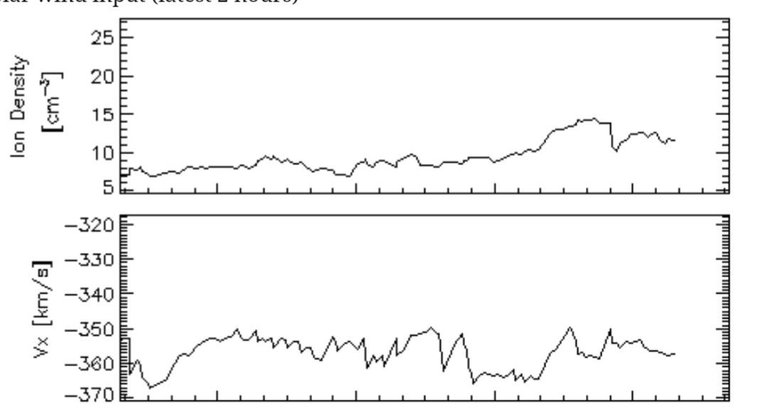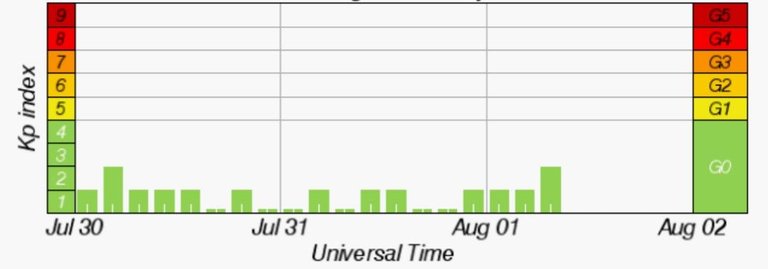The next little ice age Vol. 7
Today we started the news of our sun monitoring the coronal hole that supposedly was going to make the solar wind fast Arrive today to the earth. That has not happened so we can speculate that it was pointing to the south of the earth for that reason we have not noticed the solar winds.
Source sdo nasa.
Even so we have to expect fast solar wind coming from the coronal hole that occupies a large part of the northern hemisphere of our sun in the coming days. As you can see in the picture above.
After hours monitoring the satellites of the
nasa I have been able to make a photograph of the flare that occurred a day ago. As you can see in the image below. Almost in the visible border on the left. You can see the arc seconds before it occurred.
Source sdo nasa.
As a result of the rapid solar wind coming from the coronal hole will not impact directly on the earth and will deviate to the south of our planet the space climate conditions are calm with a solar wind speed of 350km / sec, a density of 11 protons per cubic centimeter.
Source ccmc nasa.
Given that the Kp index of today is very low we have to warn people who have heart problems that take their precautions.
Source Noaa dashboards.
Conspiracy??
Here some facts about Earth weather..
Today we are going to talk about another region of the southern hemisphere, specifically a region of Oceania, New Zealand.
Waiouru in the central North Island plummeted to a chilly -7°C degrees, Taupo went to -5°C, while Rotorua and Hamilton dipped to -3°C, and Whenuapai, in the Waitakere Ranges, was as low as -2°C.
Auckland motorists were faced with the unfamiliar sight of ice on car windscreens this morning as the temperature fell to an unusual 1°C.
That was lower still than Saturday night's 1.4°C - the city's coldest temperature in two years.
Whangarei managed a record of sorts with its 8th coldest morning since 1967, according to NIWA.
Source NIWA. 31 July 2017.
If you have read my previous post you will discover that the winter in the Southern Hemisphere continues to beat record low temperatures, the southern areas of the planet are living a very cold winter.
What do you think?
All opinions are important to me.
If you found the post informative and you liked it please upvote!Feel free to restreem!
If you want to continue discovering more about our sun, follow me.You can also read my previous post.




Thank you for your nice theory...
Thank you very much. I will try to continue contributing data that are somehow difficult to find since very few media publish information about low temperatures in terms of heat we can read hundreds of articles every day in the world's leading publications.And there are récord lows almost every year on both Hemisphere.